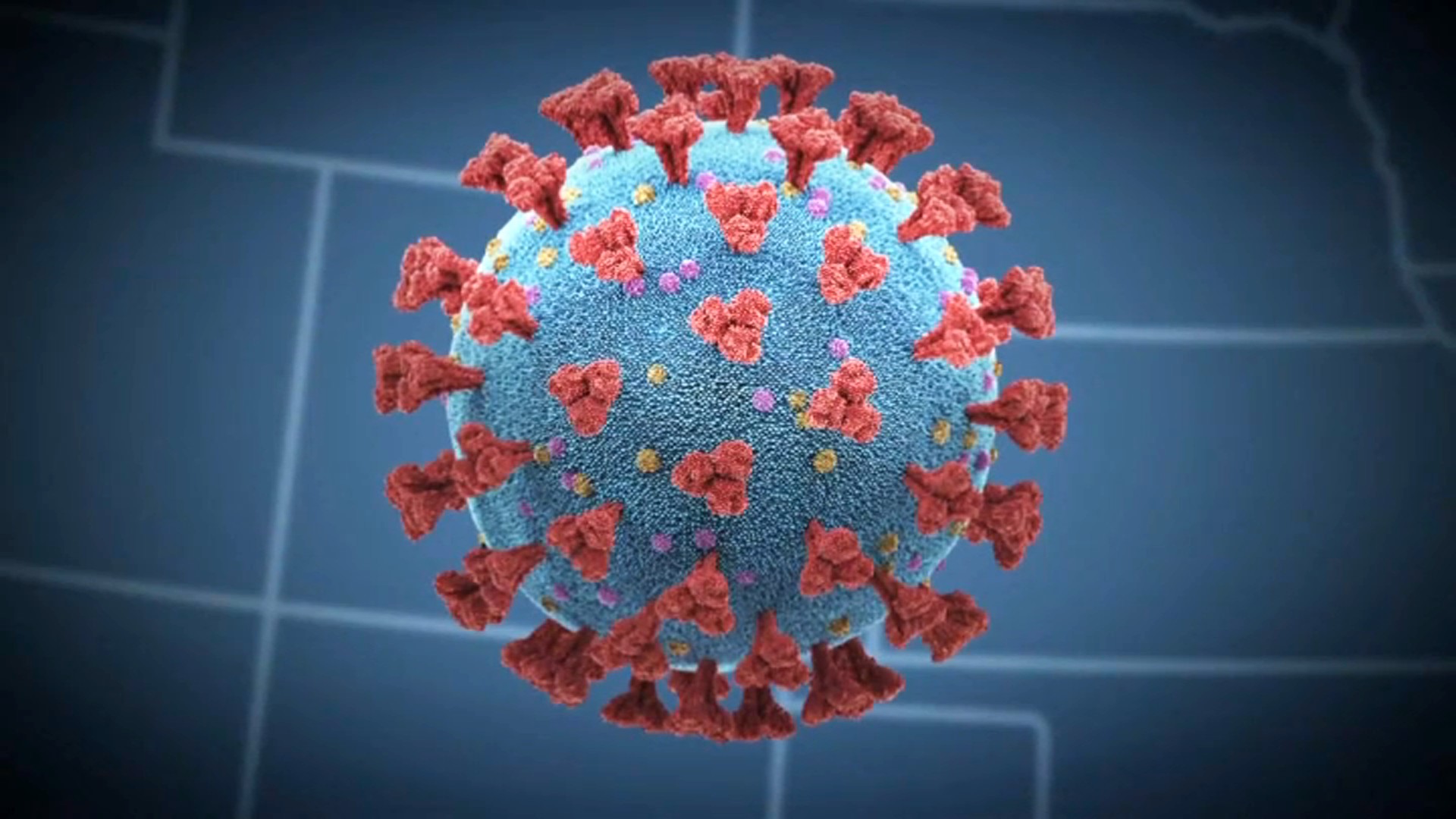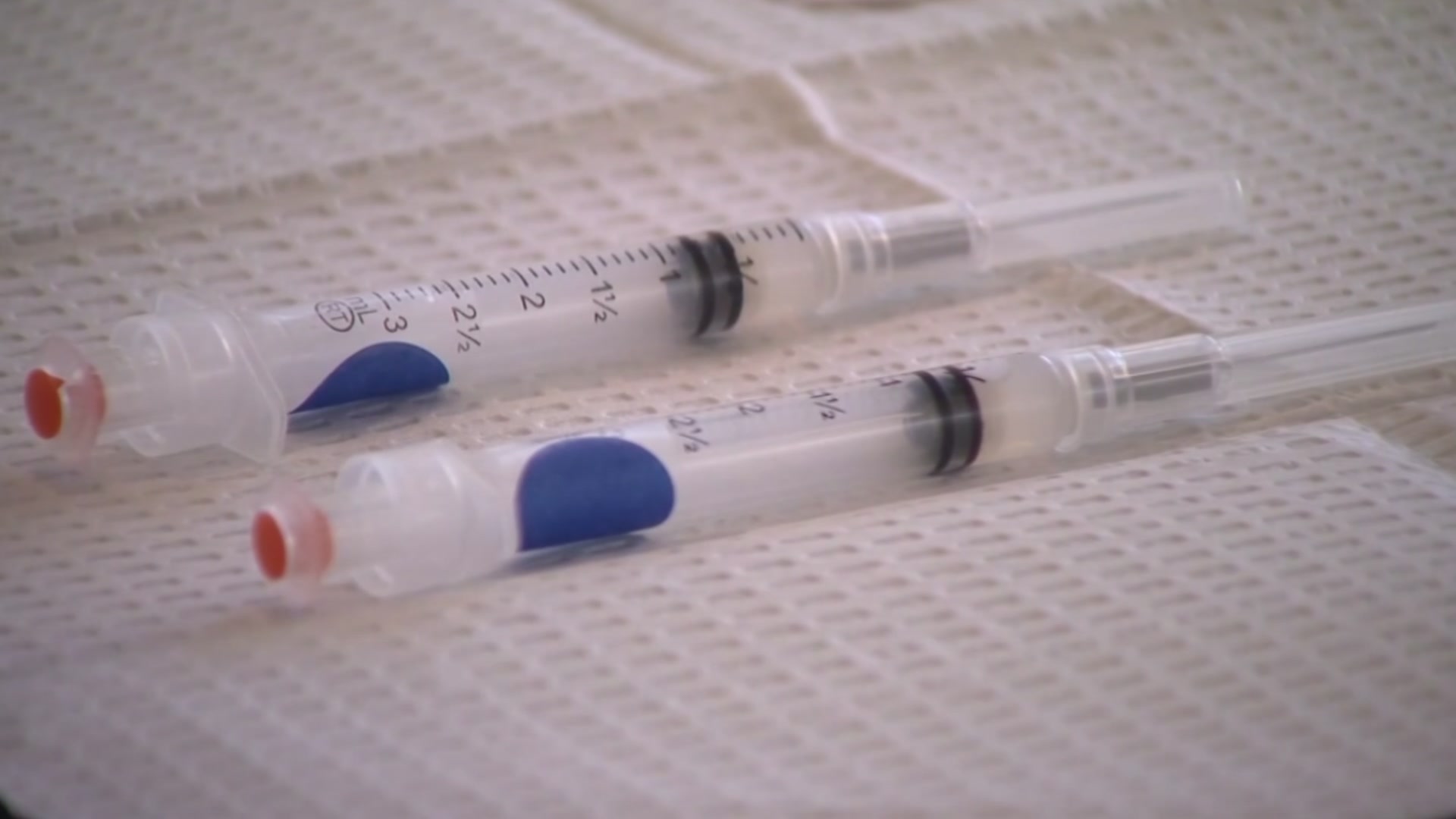The Illinois Department of Public Health has issued a statement following an announcement from the Centers for Disease Control and Prevention that COVID-19 guidelines have been updated, with the five-day isolation recommendation being removed.
Illinois health officials confirmed that the IDPH will adopt the CDC's updated guidance, even as flu cases have pushed the state's respiratory infection activity level from "low" to "medium."
“IDPH appreciates the new guidance from the CDC that streamlines recommendations across respiratory viruses and provides simple, clear and easy to understand steps for those with COVID-19, flu and RSV,” IDPH Director Dr. Sameer Vohra said.
The change marks the first time the U.S. agency has loosened its COVID isolation recommendations in three years.
Feeling out of the loop? We'll catch you up on the Chicago news you need to know. Sign up for the weekly Chicago Catch-Up newsletter here.
“Our goal here is to continue to protect those at risk for severe illness while also reassuring folks that these recommendation are simple, clear, easy to understand, and can be followed,” said Dr. Mandy Cohen, the CDC’s director.
Here's a look at what you should know:
What are the new CDC guidelines?
The changes mean people can return to work or regular activities if their symptoms are mild and improving and it's been a day since they've had a fever, but the CDC still recommends those with symptoms stay home.
"The recommendations suggest returning to normal activities when, for at least 24 hours, symptoms are improving overall, and if a fever was present, it has been gone without use of a fever-reducing medication," the guidance states.
Once activities are resumed, the CDC still recommends "additional prevention strategies" for an additional five days, including wearing a mask and keeping distance from others.
There is no change to guidelines for nursing homes and health care facilities, however.
The agency is emphasizing that people should still try to prevent infections in the first place, by getting vaccinated, washing their hands, and taking steps to bring in more outdoor fresh air.
As part of the guidance, CDC suggests:
- Staying up to date with vaccination to protect people against serious illness, hospitalization, and death. This includes flu, COVID-19, and RSV if eligible.
- Practicing good hygiene by covering coughs and sneezes, washing or sanitizing hands often, and cleaning frequently touched surfaces.
- Taking steps for cleaner air, such as bringing in more fresh outside air, purifying indoor air, or gathering outdoors.
What does this mean for Illinois?
Illinois' health department released a statement on the new guidelines Friday afternoon, stating that it would adopt the CDC's updated guidance for COVID-19, matching that of other respiratory illnesses.
While the state has adopted the new guidance that removes the five-day isolation period, the IDPH acknowledged that the state has seen an increase in respiratory illnesses in recent weeks, driven by a jump in flu cases.
The state remains at a low level for COVID-19 hospitalizations, with six of Illinois' 102 counties currently at a medium level according to CDC data for the week of Feb. 24. No counties are currently at a high level for hospitalizations.
“These new guidelines put the emphasis correctly on protecting those who are most vulnerable to serious illness and hospitalizations. While Illinois is in a better position than we were two months ago, the State is currently experiencing an uptick in our overall respiratory illness level. Individuals 65 and over, those who are immunocompromised, and individuals with chronic medical conditions remain most vulnerable to severe outcomes, and they should continue to use all tools at their disposal to keep themselves protected," Vohra said.
He added that flu season can last all the way until May, reminding Illinois residents that it isn't too late to get a flu shot.
Vohra also referenced updated CDC guidance that allows older adults to receive an additional dose of this season's COVID-19 vaccine, helping to provide an additional layer of protection ahead of the spring and summer.
Why are the guidelines changing?
The change comes at a time when COVID-19 is no longer the public health menace it once was. It dropped from being the nation's third leading cause of death early in the pandemic to 10th last year.
Most people have some degree of immunity to the coronavirus from past vaccinations or from infections. And many people are not following the five-day isolation guidance anyway, some experts say.
"While it remains a threat, today it is far less likely to cause severe illness because of widespread immunity and improved tools to prevent and treat the disease," the CDC stated. "Importantly, states and countries that have already adjusted recommended isolation times have not seen increased hospitalizations or deaths related to COVID-19."
COVID-19 is not causing as many hospitalizations and deaths as it did in the first years of the pandemic. The change is an effort to streamline recommendations so they are similar to longstanding recommendations for flu and other respiratory viruses. Many people with a runny nose, cough or other symptoms aren't testing to distinguish whether it's COVID-19, flu, or something else, officials say.
This may not be as stringent, but also emphasizes that all people with respiratory symptoms should stay home while they are sick, said Dr. David Margolius, the head of Cleveland's health department.
There's been no recent change in the science of how long people with COVID-19 are likely contagious, said Jennifer Nuzzo, director of the Pandemic Center at Brown University’s School of Public Health.
“What has changed is how much COVID is harming us as a population,” Nuzzo said.
However, some experts worry that the change may increase the risk of infection for those people who are more vulnerable to developing severe illness.
What do experts say?
Some experts said the move isn't unexpected, but even some who understand the rationale for the change have concerns.
“My biggest worry in all of this is that employers will take this change in guidance to require employees to come back to work ... before they are ready to, before they feel well enough, and before they are not likely to pose harm to their co-workers,” Nuzzo said.
Others, however, said the guidelines are more "reasonable" for those who do contract a more mild illness.
"I think this is expected because they're trying to give guidelines that are going to be reasonable that people will follow," Dr. Jonathan Pinsky, the director of infection control at Edward Hospital, told NBC Chicago last month. "We already have guidelines for other viruses like influenza about how long people need to stay at home, so they wanted to kind of get in line with those guidelines and give people a reasonable instructions about how to behave."
"My reaction was, 'It's about time,' you know? We're going to have some changes in terms of these quarantines as we get year to year to year into our COVID pandemic because it is becoming, for many people, a more mild illness and it's time we sort of treat it and approach it like other respiratory viruses that we commonly see in the fall- influenza RSV - more typical durations of contagiousness and durations of isolation," said Dr. Mia Taormina, infectious disease chair at Duly Health & Care.
Taormina even added that it could make things safer in some cases.
"I'd rather have folks staying home for a day or two, going back to work or to their usual activities on day three or four if they're feeling better, as opposed to not testing at all because they don't want to be hung up on this mandatory five days away from work away from their activities," she said.
But many still stress that staying home if you're ill and masking will be more important than before.
"It's important to know that once you have COVID or another virus, you can still spread it especially in those first few days. And so it'll still be important to wear a mask to protect other people," Pinsky said. "If you're going leaving your home, especially if it's only after a day or two of infection, you're still going to be infectious. So it's important to wear the mask to protect other people for full 10 days."
"We're not saying that this is any less contagious, that we can go out and about - it's just for people that are having improvement in their symptoms. otherwise healthy hosts, they are less likely to be meaningfully contagious once those fevers are gone and their symptoms are getting better," Taormina said. "So with some mask wearing and picking and choosing your activities, we should be in a better place ... the messaging stays the same. If you're not feeling, well stay home."
What were the previous COVID protocols?
Here are the protocols previously listed by the agency:
Regardless of vaccination status, you should isolate from others when you have COVID-19, the CDC reports.
You should also isolate if you are sick and suspect that you have COVID-19 but do not yet have test results. If your results are negative, you can end that isolation.
If you test positive for COVID-19, you should stay home for at least five days and isolate from others in your home. The CDC notes that people are "likely most infectious during these first five days."
When you have COVID-19, isolation is counted in days, as follows:
If you had no symptoms:
- Day 0 is the day you were tested (not the day you received your positive test result)
- Day 1 is the first full day following the day you were tested
- If you develop symptoms within 10 days of when you were tested, the clock restarts at day 0 on the day of symptom onset
If you had symptoms:
- Day 0 of isolation is the day of symptom onset, regardless of when you tested positive
- Day 1 is the first full day after the day your symptoms started
Other guidance for those who test positive:
- Wear a high-quality mask if you must be around others at home and in public.
- Do not go places where you are unable to wear a mask.
- Stay home and separate from others as much as possible.
- Don’t share personal household items, like cups, towels, and utensils.
- Monitor your symptoms. If you have an emergency warning sign (like trouble breathing), seek emergency medical care immediately.
If you had no symptoms, you can end your isolation after day five, but for those who experience symptoms, that line might be different, the CDC notes.
Those who have mild symptoms can end isolation after day five if they are fever-free for 24 hours, without using fever-reducing medication, but those with more moderate or severe illnesses will need to wait until day 10.
Those who have mild symptoms that are not improving should also wait until those symptoms are improving and they are fever-free for 24 hours.
Those with more severe illness may also want to consult with their doctor before ending isolation and could need a viral test to end their isolation period.
Despite ending isolation, those who test positive should continue to avoid people and mask through at least day 11, according to the CDC guidelines.



